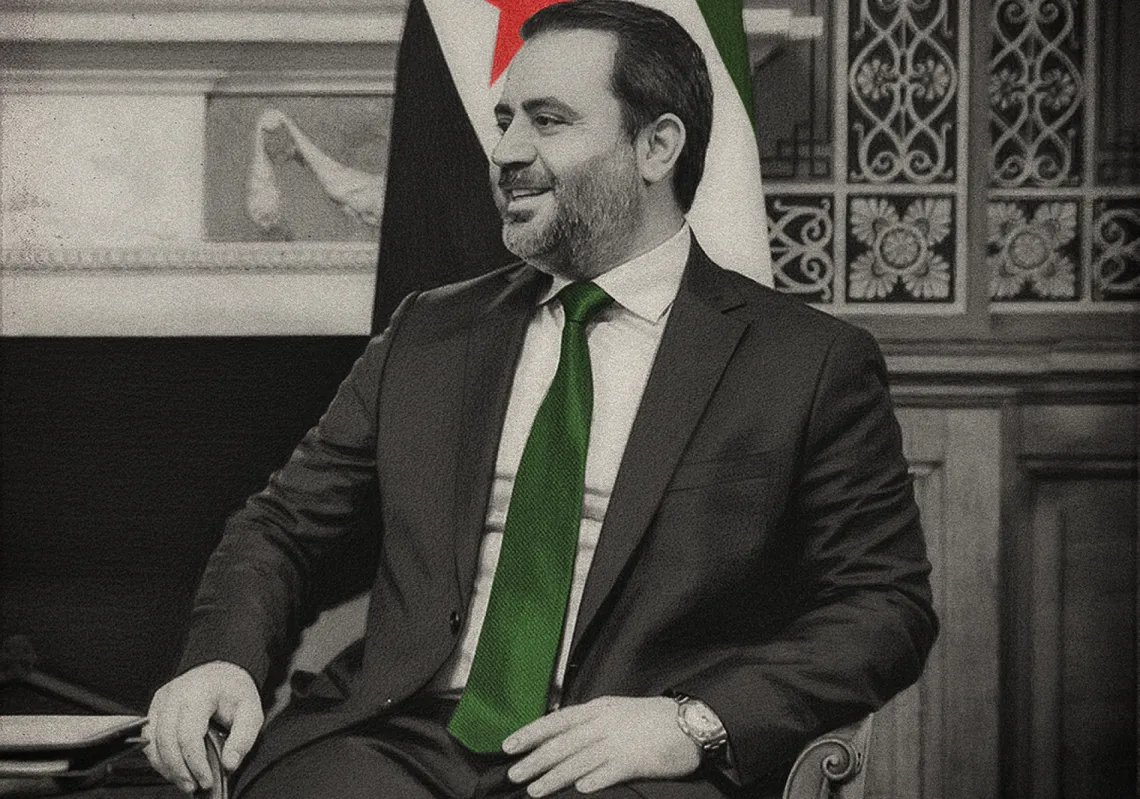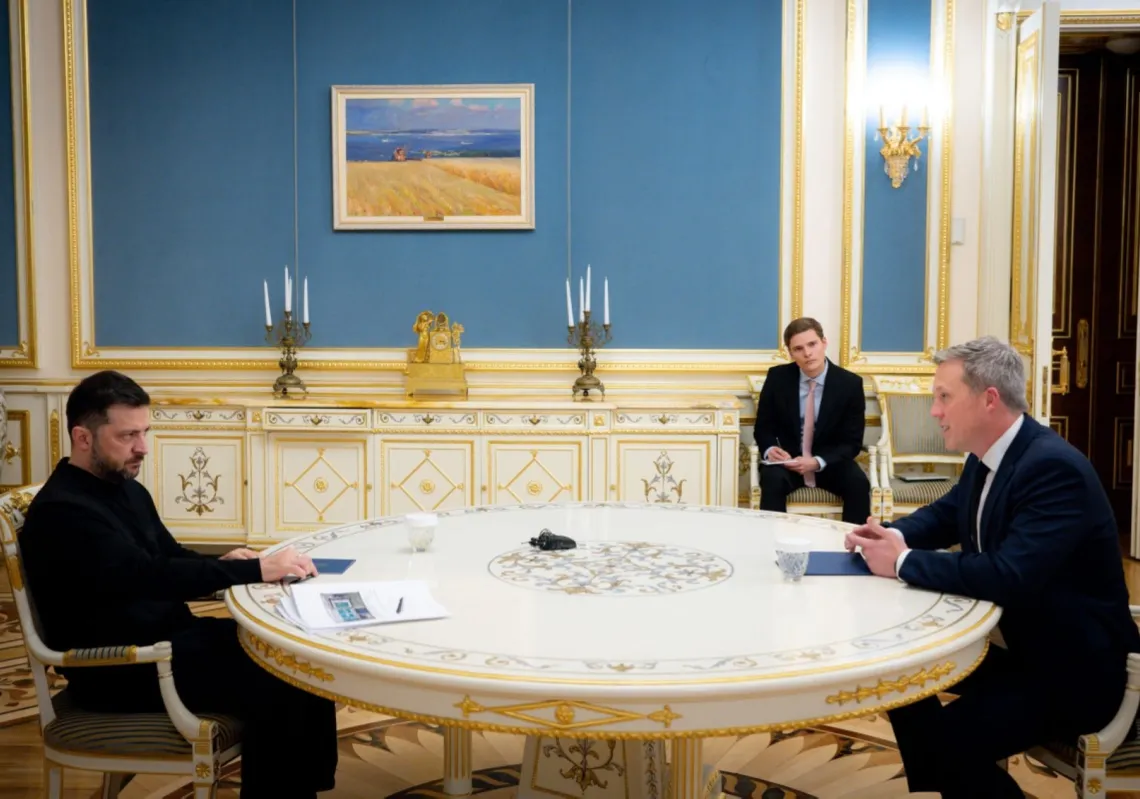“Far away is the land of the prophet, far away and I would love to visit” – A Folk Song.
It is Muslim Hajj season and Egypt has always favored this holy time with lots of artistic festivities and traditions.
Lots of car horns were honked as they greeted the Hajjs to be on their way to Mecca. Lots of hand-made white flags would fly from the wind shields of the cars that carried the people all dressed in white. This is a typical scene from the streets of Cairo often seen on the way to the airport. As for other governorates, especially in Upper Egypt and in villages, Hajj has its own songs, where people would bid the person about to perform pilgrimage farewell by chanting folk hajj songs in which they are rejoicing the fact that someone is very lucky to be able to visit the land of the Prophet and Holy shrine.
“Far away is the land of the Prophet, Far away and I would love to visit, and touch with my own hand his precious window for the site would be like Kohl to my eyes.”

بعيدة بعيدة يا بلاد الرسول
بعيد بعيد يا طريق النبى
بعيدة بعيدة ونفسى أزور
وأمسح بإيدى شباكه الكريم
وأكحل عيونى بنور البشير
The Kiswa Procession
Such celebrations are deeply rooted within the collective memory of Egyptians for thousands of years. This spiritually joyous event has many historical layers to unveil. For starters the Kiswa (cover of the Holy Shrine) was hand woven by Egyptian hands and there was a grand public ceremonial procession.
According to the book titled ‘Kiswa of Kaba and The Arts of Hajj’, by Ibrahim Helmy, the first account of Kiswa was documented in the year 159 Hejra in the book titled Akhbar Macca (Mecca News), where the author Al-Fakehi stated that the he had seen the Kiswa made of Al-Kabati fabric of Egypt. This fabric was hand-woven by Egypt’s finest on hand made looms and have been covering the holy shrine since the time of Prophet Mohamed… down to the Ottoman reign until it stopped during the reign of Egypt’s late president Gamal Abdel Nasser,” read the book that highlighted the grand importance of the Kiswa making in Egypt to the extent that the Egyptian government established Dar- Al Kiswa that supervised and organized the process of hand weaving the Kiswa. There was even a prince allocated to oversee the Hajj trip and all its logistics.

“During the Month of Shawal, 1200 Hijra, on a Saturday, the kiswa (Holy Kabaa’s cover) was transferred as usual from the Citadel to Al-Hussien in a procession lead by Ibrahim Beik Al-Kabir and Ibrahim Beih, the Prince of Hajj until they reached Qaramidan area,” stated Al-Gabarty, explained the book the documentation of the procession throughout the centuries in details.
Al-Qasabgy family
“My grandfather was the head of Dar Al-Kiswa in Egypt from 1923- 1926,” remembered Ahmed Shawqi Al-Qasabgy who is now the owner of the Qasab hand weaving style workshop in Khan-Al Khalili, Cairo. “He was among the 10 handicraft masters to hand weave the kiswa, I remember the rituals they used to perform before starting to sew. They would divide themselves in two groups sitting opposite to each other and perform ablution, then rinse their hands with rose water, recite the Qur’anic chapter of Fatiha and start their work that took one year to be finished,” he explained.
Al-Qasabgy’s family name is derived from their profession. The Qasab embroidery style is an Egyptian style that relies on a very strong string made of 22 threads. This qasab technique is also known as serma. Roaming between shades of Yellow and white, he showed us replicas of embroidery that covered the door of the Kaaba (the door to repentance)
The qasab style is closely affiliated with the exquisite work of Egyptian calligraphers, who would draw the calligraphy and wordings of holy Quran and then they are glued with starch to the looms, then they use the perforation stage, where the qasabgi would mark the drawn calligraphy on the fabric with the right measurements and begin to hand weave it stitch by stitch.
Calligraphy
The favored calligraphy style for kiswa embroidery is Al- Thulth Al-Tarkeeb. According to Al- Qasabgy, among the Egyptian masters of the art of calligraphy whose work crowned the Kiswa are Abdalla Beih Zony and Hajj Rifaai, around 1340 Hijra. And some 30 years later, Saudi calligraphers flourished such as Helmy in 1365 Hijra and Salem Bagnid in 1430 Hijra.
The Camel
The camel that carries the Kiswa is usually referred to as the camel of the Mahmal. It is usually chosen carefully, treated differently and well -kept and looked after until it is ready for its spiritual journey. On the Kiswa procession day, the camel is also decorated with colorful Egyptian Khayamia fabric which is usually affiliated with any ceremony in Egypt. When returning from Hajj, trip, the Camel is set free of any shores because of the graceful mission he was part of.
The farewell gate
Bab Al Wadaa, (The farewell gate) now known as Bab Al Wazir (The gate of the vizier) was the final stage where the hajj caravan would leave to cross the red sea, and off to Mecca. Many people would say their goodbyes to loved ones who were embarking on a spiritual trip that was also a very long and harsh one especially in the old days where they used to perform it on the back of camels in very primitive conditions and some people never made it back home and died on the route to or from pilgrimage. So people said their goodbyes on the last stop on the street that still carries the name The Farewell Gate till today.

Hajj Graffiti
Peasants standing proudly against the graffiti coloring the walls of their houses. Images showing boats, camels and trains in addition the holy shrine and the famous hajj greeting “Hajj Mabrour wa Zanb Maghfour” (A pious Hajj trip and forgiven sins) cover their building. These photos and many inspiring details of the local artists that would paint the hajj graffiti are found in the The Arabic Translation of Hajj Paintings book by Ann Parker and Avon Neal, translated by Hassan Abd Raboh.
Attaining the title Hajj is quite prestigious in Egyptian society. And those who performed the holy journey like to document it on their houses. This Egyptian ritual is usually done when the pilgrim arrives home safe and sound. Though found in popular districts of Cairo, the hajj graffiti is at its prime in Upper Egypt and in villages of the Delta.











